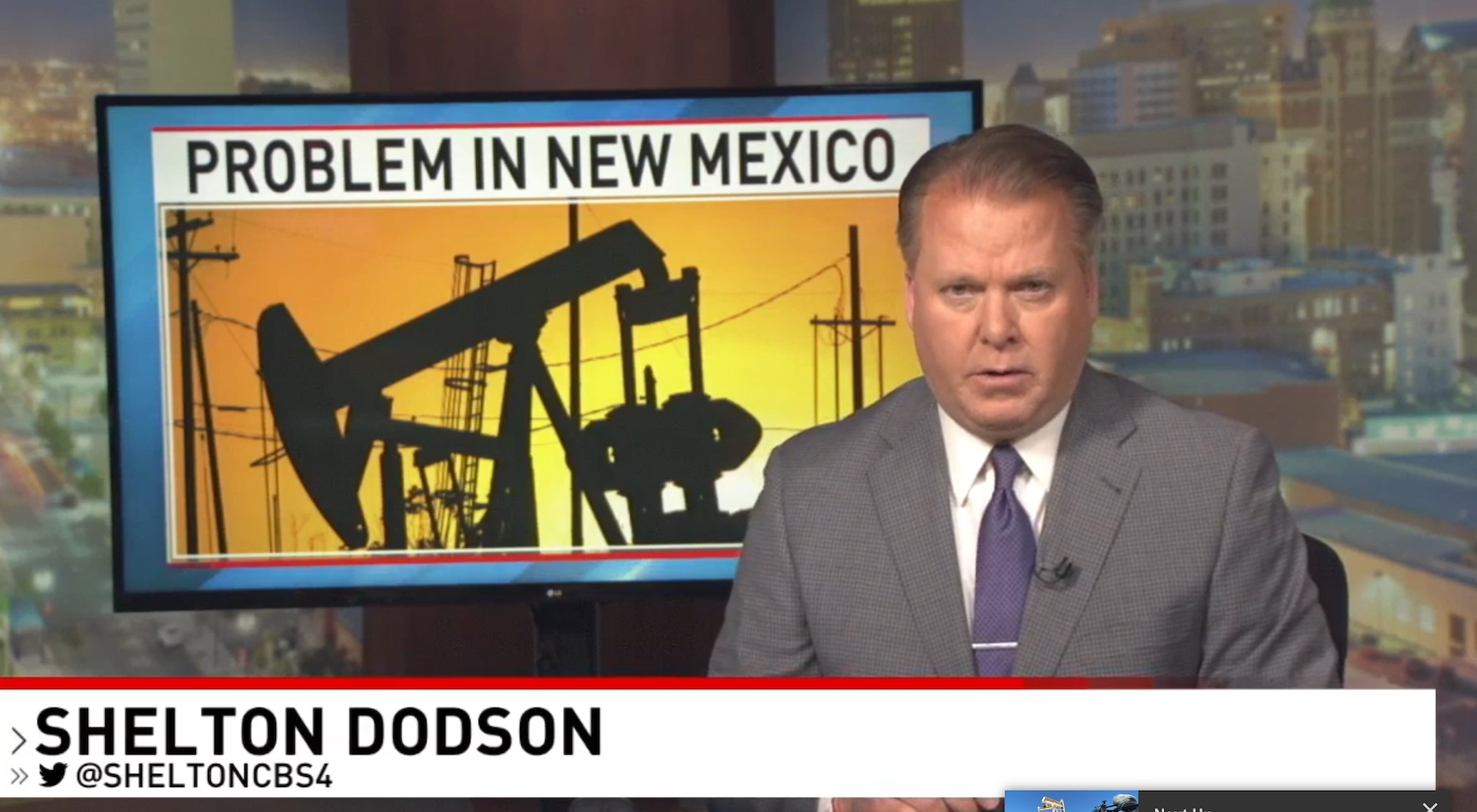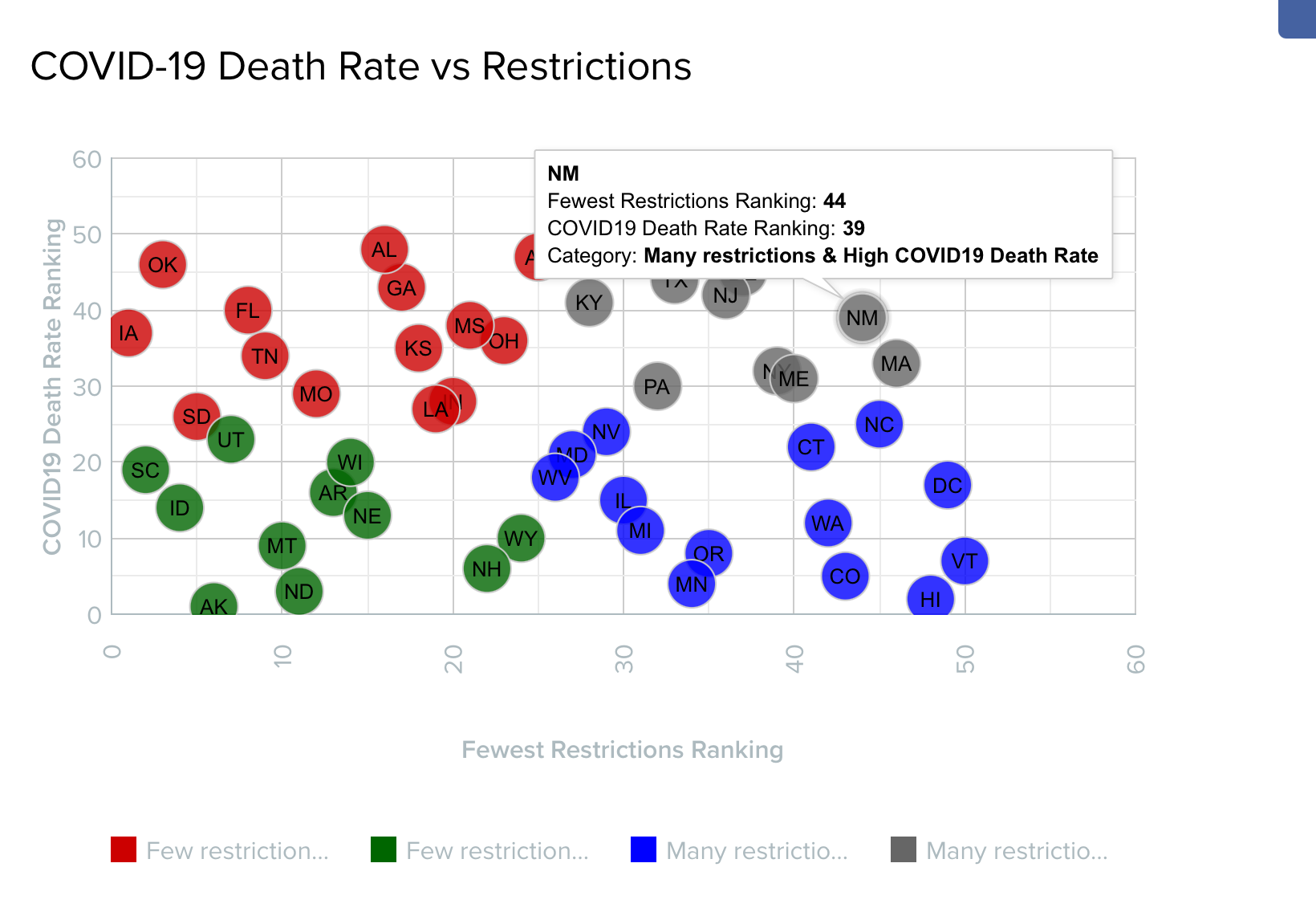
This week, President Biden’s nominee for secretary of the Interior, New Mexico congresswoman Deb Haaland, is up for confirmation in the Senate. Haaland, a self-described “progressive,” and a member of the Pueblo of Laguna, would, if confirmed, become the first Native American to head Interior. The Department manages approximately 500 million acres of surface land, or about one-fifth of the land in the United States.
The agency’s work is of interest to all Americans because it oversees more than 400 National Parks, from Yellowstone to White Sands. However, the department is of particular importance to Westerners, as more than 90 percent of the lands it manages are located in the Western United States.
The nomination of Haaland makes a certain amount of political sense for President Biden, allowing him to place a Native American in a position of leadership over Interior’s vast network of Native reservations. These reservations, including the Navajo Reservation in Northwest New Mexico, remain among the deepest pockets of poverty in the country. The fact that no Native American has ever managed those reservations is indeed worth remedying.
But Interior is a large department with many lands of varying purposes, and Western resource-intensive states including New Mexico have already seen the Biden administration act in ways that will do significant harm to their economies.
At Interior, Deb Haaland would be a cheerleader for Biden’s early anti-energy policies and would likely look for opportunities to expand upon them. She has taken radically anti-fossil-fuel positions throughout her political career. In 2016, prior to being elected to Congress, Haaland traveled to North Dakota to cook food for the protesters demonstrating against the Dakota Access Pipeline. She stayed in the camps for four days that September.
In May 2019, the newly minted congresswoman told The Guardian, “I am wholeheartedly against fracking and drilling on public land.”
Are Haaland’s positions and opinions based on sound science and history? In a 2019 Los Alamos Monitor story, Haaland claimed that “climate change in the U.S. started when Europeans arrived and started killing the buffalo.” Considering the numerous, dramatic changes that were a feature of the climate in prehistoric North America (and everywhere else on this planet), Haaland’s understanding of environmental forces is a bit off.
Given her radical views, it is not surprising that Haaland has been a strong supporter of the Green New Deal. The ambitious plan put forth by Represenative Alexandria Ocasio-Cortez (D., N.Y.) and others would cost trillions in subsidies and lost economic activity. Among the plan’s radical proposals is a mandated shift to 100 percent renewable electricity by 2030 and an increase in the top marginal tax rate to 70 percent.
On day one, the Biden administration pulled the permit for the Keystone XL pipeline. While this pipeline won’t directly affect energy-producing states, the cavalier approach to the permit raised red flags. Shortly thereafter, the Biden administration placed a moratorium on new oil and gas leases on federal lands. If confirmed, Haaland would be a staunch defender of such policies.
Haaland’s home state, New Mexico, is particularly impacted by what happens at Interior. The state has the third-highest Native American population in the U.S. and also happens to be the state most financially dependent on energy produced on federally managed lands within its borders.
According to the American Petroleum Institute, a ban on federal oil and gas leases could cost New Mexico 62,000 jobs, reduce state revenues by $1.1 billion, and reduce oil and gas production within the state by nearly 50 percent.
With Haaland’s nomination up this week and Biden already taking an aggressive anti-energy stance, it is ironic Haaland wasn’t Biden’s first choice for the job.
In fact, according to several New Mexico media outlets, Biden initially offered the position to New Mexico governor Michelle Lujan Grisham. On December 2, media outlets reported that Lujan Grisham had been offered the top job at Interior but turned it down. Lujan Grisham has never stated publicly why she refused the job, although she is just halfway through her first term in a “blue” New Mexico where she likely expects to be reelected in 2022.
As has been the case since the early days of Biden’s run for the White House, identity politics loom large for him. The president seemingly had the Interior secretary set aside to be filled by a Western, female, minority Democrat. A few weeks after Lujan Grisham turned him down, Biden settled on Haaland for the post.
The case for the slot at Interior being based purely on demography is buttressed by the fact that Lujan Grisham and Haaland have very different views regarding federal-land management. While both are New Mexican females (one Hispanic and one Native American), they exemplify opposite wings of the Democratic Party on energy.
From 2013 to 2019, Lujan Grisham represented the same Albuquerque-area congressional district as Haaland does now (Haaland will relinquish the seat if confirmed), and took a practical, moderate view on energy. This moderation is notably reflected in her 2015 vote to repeal the ban on crude-oil exports. She was one of just 26 Democrats in the House voting to repeal, with 153 of them voting to keep the ban in place.
Lujan Grisham continued to express moderation on energy issues when she moved into New Mexico’s Governor’s Mansion in 2019. During her time in office, she has expressed strong support for the state’s oil and gas industry and even said she’d consider asking for a waiver in case of a federal leasing ban.
As a governor concerned about her state’s economic and financial interests (and one who enjoys having oil and gas generate anywhere from 30 to 40 percent of her state’s budget), Lujan Grisham has attempted to placate environmentalists in her political base without doing serious harm to the state’s most important industry. Based on President Biden’s early energy policies, Haaland seems to make a better fit for the administration.
Senator Steve Daines (R., Mont.) has announced his opposition to Haaland’s nomination. Montana’s junior senator signaled he would not only vote against her confirmation, but also attempt to block her nomination from advancing.
“I’m deeply concerned with the Congresswoman’s support on several radical issues that will hurt Montana, our way of life, our jobs and rural America, including her support for the Green New Deal and President Biden’s oil and gas moratorium, as well as her opposition to the Keystone XL pipeline,” Daines said in a statement. Is that enough to stop Haaland from taking her radical policies to Department of the Interior? We should all hope so.

















